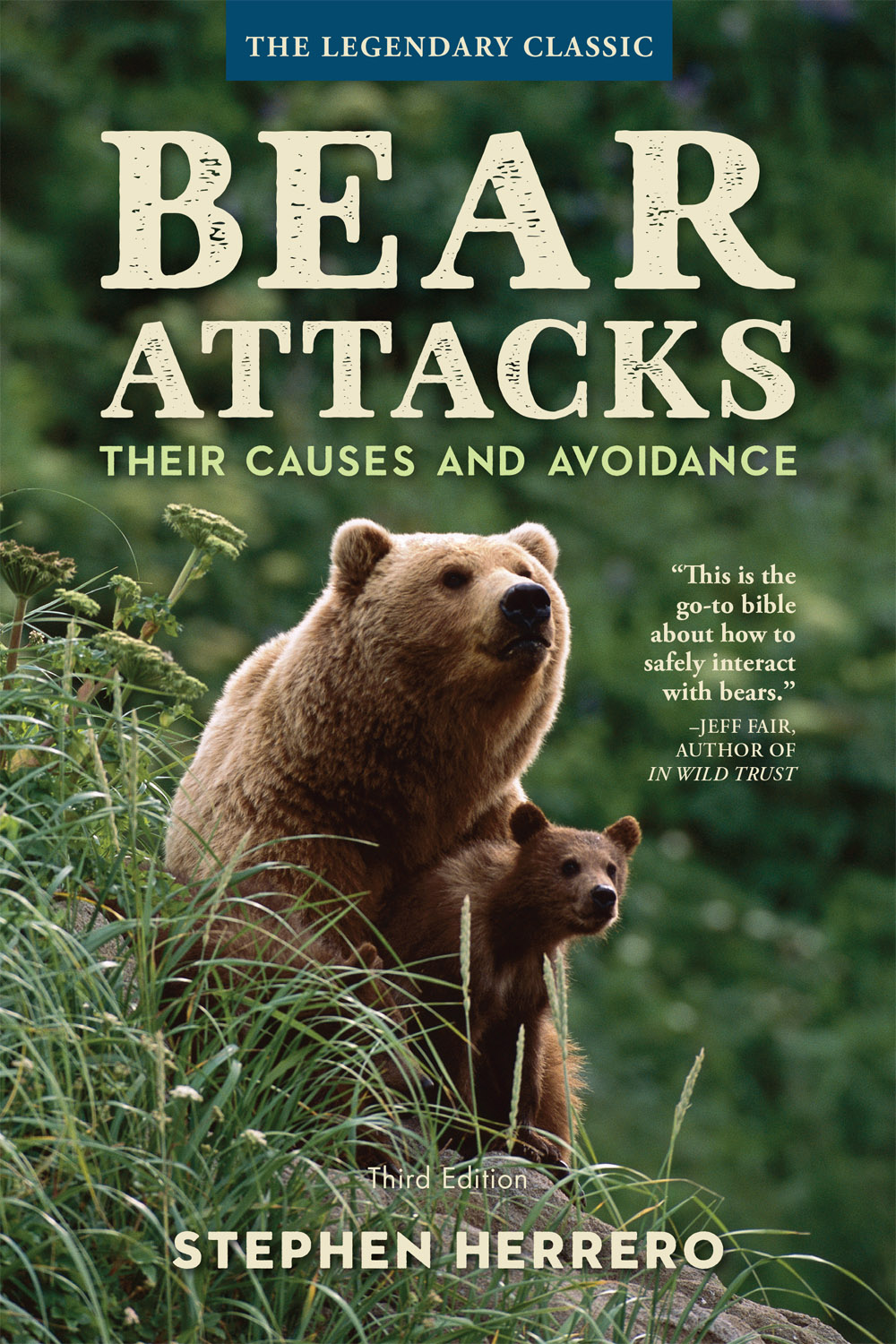
ADDITIONAL READING
Books and articles to help you further understand bear behavior:
DeBruyn, Terry D. 2002. Walking with Bears: One Mans Relationship with Three Generations of Wild Bears . Guilford, CT: Lyons Press, 300 pp.
Fair, Jeff. 2017. In Wild Trust: Larry Aumillers Thirty Years among the McNeil River Brown Bears . Fairbanks: University of Alaska Press, 200 pp.
Herrero, Stephen, Andrew Higgins, James E. Cardoza, Laura I. Hajduk, and Tom S. Smith. 2011. Fatal Attacks by American Black Bear on People, 19002009, Journal of Wildlife Management 75(3): 596603.
Herrero, Stephen, Tom Smith, Terry D. DeBruyn, Kerry Gunter, and Colleen A. Matt. 2005. Brown Bear Habituation to People: Safety, Risks, and Benefits, Wildlife Society Bulletin 33: 36273.
Masterson, Linda. 2016. Living with Bears Handbook . Masonville, CO: PixyJack Press, 288 pp.
Russell, Andy. 1967. Grizzly Country . New York: Alfred A. Knopf, 302 pp.
Russell, Charlie, and Maureen Enns. 2002. Grizzly Heart: Living without Fear among the Brown Bear of Kamchatka . Mississauga, Ontario: Random House of Canada, 357 pp.
Smith, Tom S., Stephen Herrero, Terry D. DeBruyn, and James M. Wilder. 2008. Efficacy of Bear Deterrent Spray in Alaska, Journal of Wildlife Management 72: 64045.
Smith, Tom S., Stephen Herrero, Cali S. Layton, Randy T. Larsen, and Kathryn Johnson. 2012. Efficacy of Firearms for Bear Deterrence in Alaska, Journal of Wildlife Management 76(5): 102127.
To Blaine Herrero, Linda Wiggins, David Hamer, and Robin Wenseley, for their help and love.

An imprint of The Rowman & Littlefield Publishing Group, Inc.
4501 Forbes Blvd., Ste. 200
Lanham, MD 20706
Distributed by NATIONAL BOOK NETWORK
Copyright 1985, 2002, 2018 by Stephen Herrero
All rights reserved. No part of this book may be reproduced in any form or by any electronic or mechanical means, including information storage and retrieval systems, without written permission from the publisher, except by a reviewer who may quote passages in a review.
British Library Cataloguing in Publication Information available
Library of Congress Cataloging-in-Publication Data available
ISBN 978-1-4930-2941-9 (paperback)
ISBN 978-1-4930-3457-4 (e-book)
 The paper used in this publication meets the minimum requirements of American National Standard for Information SciencesPermanence of Paper for Printed Library Materials, ANSI/NISO Z39.48-1992.
The paper used in this publication meets the minimum requirements of American National Standard for Information SciencesPermanence of Paper for Printed Library Materials, ANSI/NISO Z39.48-1992.
Printed in the United States of America
ACKNOWLEDGMENTS
With thanks to each of the hundreds of people and agencies that not only made my book possible but made it a pleasure to write. Special thanks to those who reviewed and made editorial suggestions concerning the draft manuscript: Peter Burford, Gray Campbell, Dr. Fred Dean, Bev Diamond, Dr. Richard Knight, Cliff Martinka, Martha McCallum, Wayne McCrory, Dr. Lynn Rogers, Richard Russell, Barney Smith, Linda Sutterlin, Dr. Dixon Thompson, and David and Robin Wensley-Hamer.
I also thank the following agencies for their financial support: Canadian National Sportsmens Fund; National Science and Engineering Research Council of Canada; Alberta Recreation, Parks and Wildlife Foundation; the University of Calgary; and the Killam Foundation.
Thanks to Alaska Northwest Publishing Company, Anchorage, for permission to quote extensively from Larry Kaniuts book, Alaska Bear Tales , 1983.
A CAUTION TO READERS
BEAR ATTACKS: THEIR CAUSES AND AVOIDANCE
Bear attacks are rare, but can cause injury or death. Bears are complex, fascinating animals. As with people, this makes the specific behavior of a given bear, at a certain time, difficult to predict. In this book I distill a lot of experience, knowledge, and understanding regarding bears. By applying this understanding you should increase your margin of safety and enjoyment in bear country. You will find out how unlikely injury is. Even if you act as I suggest, however, I cant guarantee a bear wont injure you.
FOREWORD
BY PAUL SCHULLERY
The publication of a new edition of Dr. Stephen Herreros Bear Attacks: Their Causes and Avoidance is a cause for great celebration among everyone who cares about bears and the wild country they inhabit and symbolize. In a lifetime of exploring the scientific and popular literature of bears, I have found no other publication that has done as much to illuminate the world of the wild bear, or to inspire in readers the necessary passion and commitment needed to respect, preserve, and get along with these precious animals. Much more than a guide to living safely in bear country, it is an incomparable introduction to the complete bear: how they live, why they behave the way they do, and why they are so important to us.
I first became aware of Steve Herreros research in the years leading up to the publication of my book The Bears of Yellowstone , in 1980. His scientific writings on bears revealed a special depth of understandingnot only of the ecology and behavior of bears, but also of their powerful meaning to human society. In fact, my book featured as an opening epigraph the following statement from one of Steves early scientific papers:
We should preserve grizzly bear populations, not because their ecological function is critical, but because of what they can do for human imagination, thought, and experience.
Then came Steves book. I can best illustrate its impact on modern thinking about bears with the following story. In 1992, it was my honor to serve as coeditor, with US Forest Service biologist James Claar, of the proceedings of the ninth international conference on bear research and management, held that year in Missoula, Montana. The lead paper in this massive scientific compendium was written by National Park Service biologist Clifford Martinka, and featured the results of a survey he had conducted among many professionals in the world of bear research and management, asking them to list the five outstanding bear-related publications of the previous twenty-five years. Cliff then compiled the votes and presented the eleven top-ranked publications in his paper.
Cliffs list reads like a whos who in bear research at the time: Jonkel, Rogers, Craighead, Stirling, Pearson, and others. But by far the most frequently named publication was Bear Attacks: Their Causes and Avoidance , by Stephen Herrero, which these leading bear professionals listed 50 percent more often than the second-place publication. This was a remarkable achievement; although only in print for a few years, and written for a popular audience, Bear Attacks had already achieved a uniquely authoritative status among the foremost bear researchers and managers. Steves work was further recognized in his election to the presidency of the International Association for Bear Research and Management (19851987) and his appointment as chairman of the International Union for the Conservation of Natures Bear Specialist Group (19861990).
Steve and I have often crossed paths since his book came out. Among many other good visits, he generously agreed to participate in my 1990 and 1991 grizzly bear ecology and management courses at the Yellowstone Institute, where his profound understanding of bearhuman relationships was no doubt as fascinating to my students as it was to me. Whether in one-on-one conversations or in front of a large audience, Steve is not only an insightful authority on bears, hes also a wise and sympathetic teacher, and a heroic advocate for protecting the wonders of the natural world.
Next page

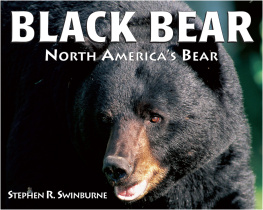
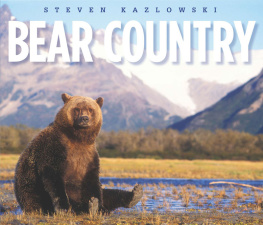
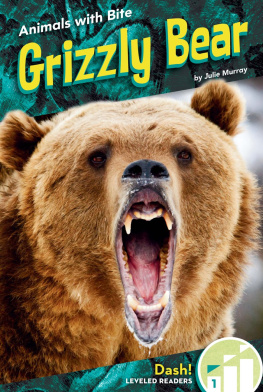
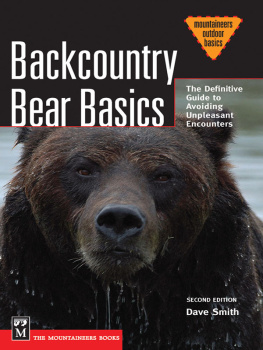
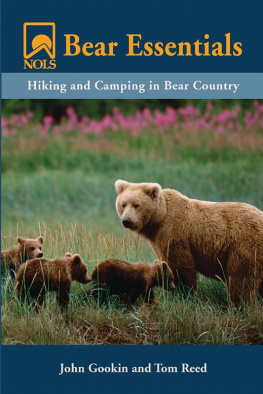
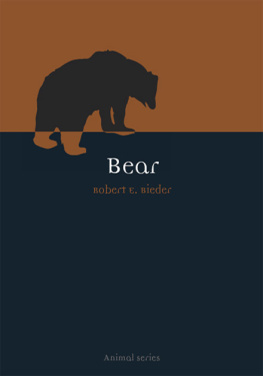
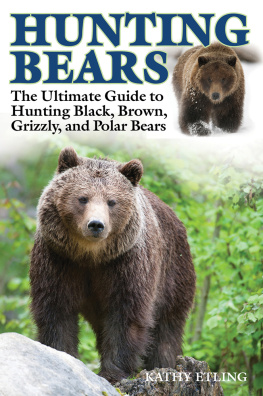


 The paper used in this publication meets the minimum requirements of American National Standard for Information SciencesPermanence of Paper for Printed Library Materials, ANSI/NISO Z39.48-1992.
The paper used in this publication meets the minimum requirements of American National Standard for Information SciencesPermanence of Paper for Printed Library Materials, ANSI/NISO Z39.48-1992.